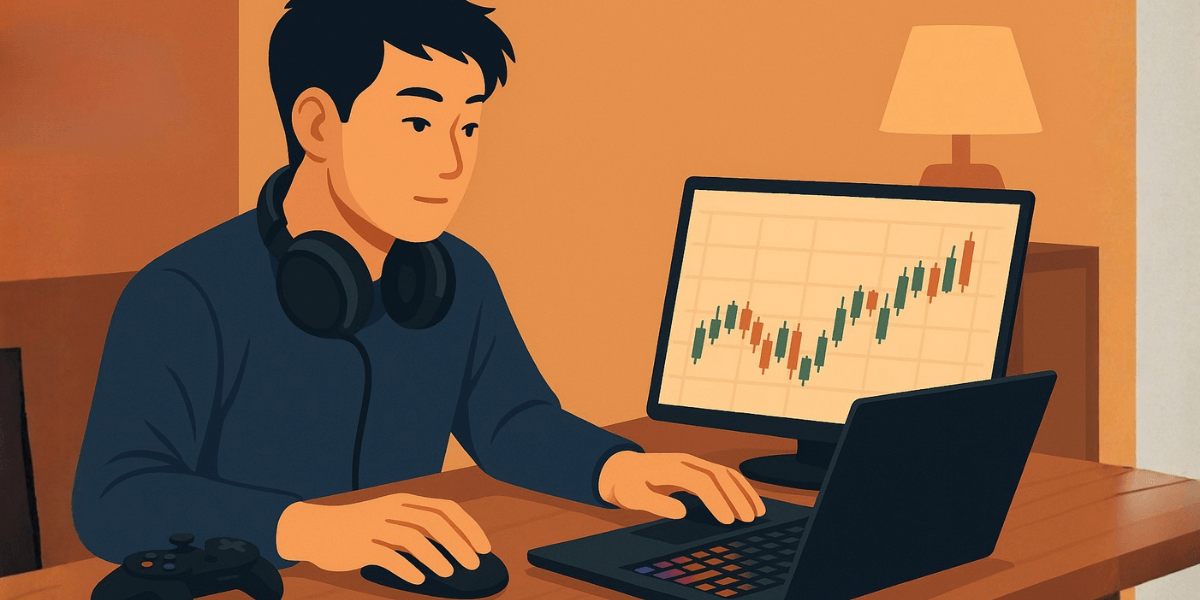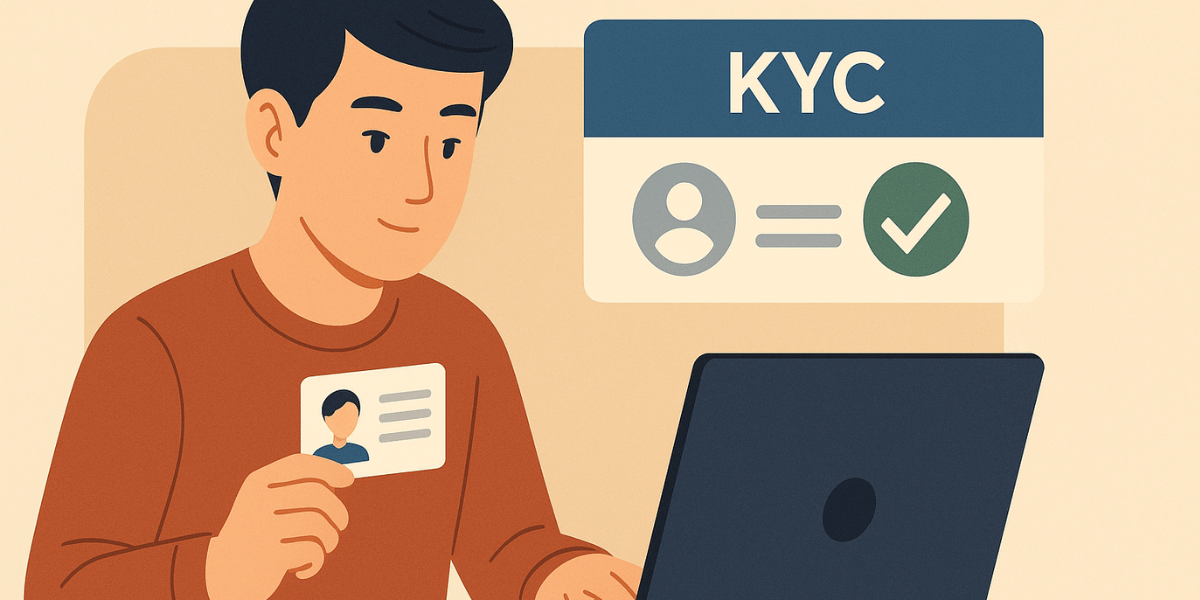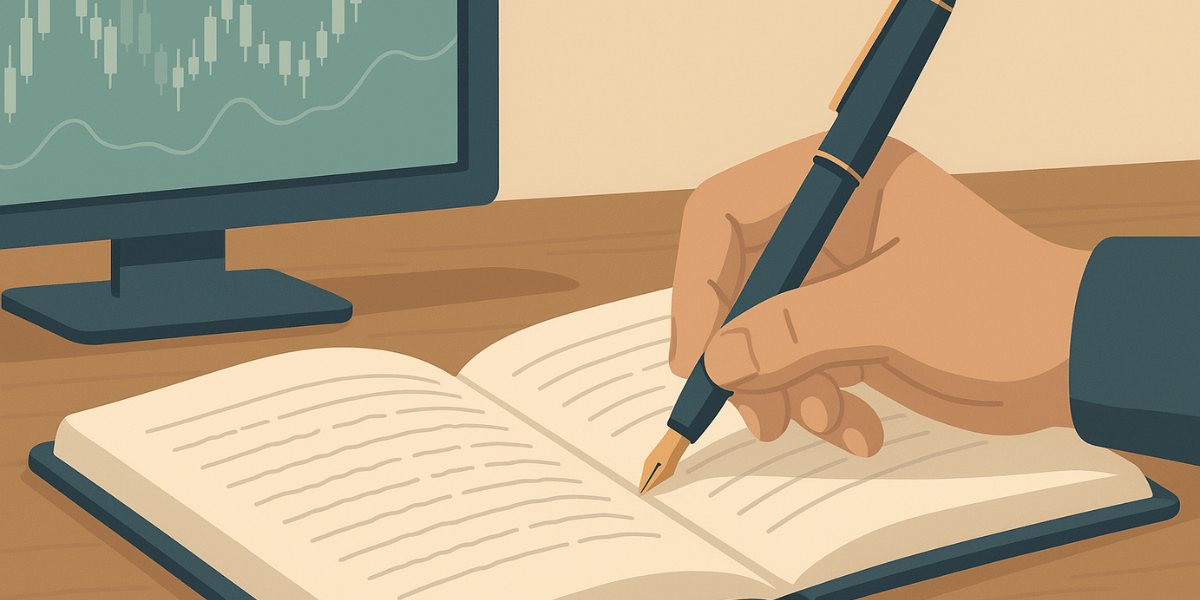Trading forex is possible even with modest amounts such as $100. The success of such an endeavor will depend on planning and discipline, as well as on setting goals. This guide will examine the challenges of trading with limited funds and provide practical steps to make the most of a $100 investment.
What is Forex?
The forex market is a global currency market where national currencies trade in pairs against each other at quoted exchange rates. It is the largest financial market, with a daily turnover exceeding $7 trillion.
Forex is a vital part of the globalized world as it facilitates the cross-border exchange of goods and services. In addition to foreign trade, the foreign exchange market is also popular for speculative trading.
Key participants include commercial banks, central banks, retail traders, high-net-worth individuals, investment funds, and corporations. Unlike centralized stock or commodity markets, forex operates over-the-counter (OTC) and remains open 24 hours a day from Sunday evening to Friday evening.
Understanding Forex Basics
Before diving deeper into the forex markets, the following concepts are necessary.
- Currency Pair: Currencies are traded in pairs, such as USD/SGD, where the first currency (USD) is the base currency and the second (SGD) is the quote currency.
- Pip: A pip is the smallest price move a currency pair can make, typically equivalent to 0.0001 for most pairs. You can read more about what is a pip in forex.
- Lot: A lot represents the size of a trade. Standard lots are 100,000 units of the base currency, mini lots are 10,000 units, and micro lots are 1,000 units.
- Leverage: Leverage allows traders to control larger positions with a smaller amount of actual capital. For example, with 100:1 leverage, you can control $100,000 with just $1,000. Trading small accounts often involves significant leverage.
- Margin: Margin is the collateral the broker requires to cover potential losses. It is a fraction of the full trade size.
- Forex Analysis: There are two main approaches to analyzing the forex market. The first one involves looking at the underlying economic factors, known as the fundamentals, while the other looks at historical price data and chart patterns to forecast future movements, aka technicals. You can read more regarding fundamental and technical analysis in forex.
Two Ways of Trading a Small Account
The Smart Way Of Trading A $100 Forex Account
Consider the following advice when planning to grow a small account into a meaningful one.
- Take Your Time: It is crucial to understand that growing a small account requires patience and consistent effort. Education is key; use a demo account to practice trading without risking real money and follow a sound risk management plan.
- Use a Reputable Regulated Broker: Trading with a regulated broker ensures a safer trading environment. For instance, the Monetary Authority of Singapore (MAS) regulates forex brokers in Singapore, ensuring they adhere to strict standards to protect traders.
- Use a Forex Mini Account: A Forex mini account is designed for traders with smaller capital, allowing them to trade mini lots (10,000 units) instead of standard lots (100,000 units). This approach reduces risk and the potential for significant losses. For $100, it is even better to use a nano account that allows you to trade nano lots (1,000 units).
The Fun Way Of Trading A $100 Forex Account
Trading forex with a small amount of money doesn’t necessarily mean that the trader is inexperienced. For various reasons, traders can experiment with small accounts, such as testing a new strategy or a new broker.
Depending on the strategy, experienced traders might risk as much as 10-20% of a small account, looking to scale in and increase their nominal risk depending on the market conditions. For example, if a trader risks $20 on a $100 account and grows it to $150 after a solid win, they might use the entire profit ($50) after spotting a particularly good opportunity.
This approach is not for beginners but rather for seasoned professionals who might be testing new strategies and experimenting with risk management approaches. It is also important to note that these tests seldom last long, and seasoned traders usually prefer a low-risk approach—using 1% of their capital or even less than that.
Factors to Keep in Mind
Regardless of account size, there are three key factors to consider when planning forex trading.
- Finding a Trading Style: Your trading style, whether day trading, swing trading, or position trading, should align with your personality and lifestyle. This ensures you remain disciplined and motivated. Read more about the best trading styles for Singaporean forex traders.
- Develop a Trading Plan: A trading plan outlines your strategies, risk management rules, and goals. It helps maintain discipline and consistency in your trading approach.
- Use Risk Management: Effective risk management involves setting stop-loss orders and not risking more than a small percentage of your account on any single trade. This approach prevents large losses and preserves your trading capital.
Challenges With Limited Forex Capital
Starting with just $100 presents several challenges. Consider the following:
- Lack of Motivation: Small account sizes can lead to a lack of motivation due to the perceived insignificant impact of gains or losses.
- Not Taking Trading Seriously: The minimal financial commitment may result in traders not taking their trading activities seriously. Disregarding the trading strategy will result in random results and won’t help build confidence.
- Unrealistic Expectations: Small capital might tempt traders to use excessive leverage in hopes of significant returns, increasing the volatility and negatively influencing the trader’s mentality.
Frequently Asked Questions
Can I trade forex with $100?
Yes, trading forex with as little as $100 is possible. However, growing that amount into a meaningful account will take much time and effort.
Is it hard to trade forex?
Trading foreign exchange is difficult owing to the market's paired nature, where at least two economies influence price movement. While the mechanics of trading forex are relatively easy to learn, mastering the process might take many years.
Note: Any opinions expressed in this article are not to be considered investment advice and are solely those of the authors. Singapore Forex Club is not responsible for any financial decisions based on this article's contents. Readers may use this data for information and educational purposes only.







